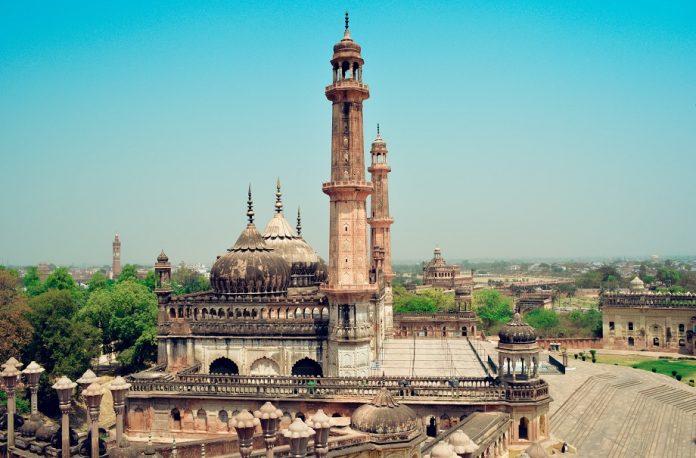With the perfect blend of ancient heritage and modern charm, the City of Nawabs, Lucknow, is well-known for numerous sightseeing destinations. While there are many prominent tourist spots in and around the city, Lucknow Residency often grabs the attention of countless travellers across the country.
The Lucknow Residency is best portrayed as the residential quarters of the British General – a spokesperson of the British East India Company on the benches of the Nawabs. Standing magnificently on the shores of River Gomti, this historical place in Lucknow is encompassed by stunning gardens and yards and is unquestionably an architectural marvel. Therefore, it might not be wrong to say that Lucknow Residency is an integral part of this ancient city and a must-visit you can explore by booking a taxi service in Lucknow.
A brief history of Lucknow Residency
Constructed by Nawab Asaf Ud-Daulah and finished by Nawab Saadat Ali Khan in the 17th century for the British General, the Lucknow Residency was the centre for all British Army. While earlier British personnel resided here as guests, slowly, their control expanded. This place later became the organisational hub for the British officials and the home of the British commissioner of Awadh.
The most significant and symbolic occurrence that made Lucknow Residency famous was the First War of Independence in the 18th century. The revolt began when Indian Sepoys hired by the British were forced to open cartridges coated with Beef and Pork fat with their mouths, which was against their religion.
A glimpse of the prominent buildings inside Lucknow Residency
There are numerous structures inside the Lucknow Residency complex, most of which lies in ruins that depict the chapters of history on their walls. Some of the prominent buildings inside the Lucknow Residency are as follows:
- Baillie Guard Gate
The Baillie Guard Gate is the first structure you will encounter when entering the complex. This splendid entrance was built by Nawab Saadat Ali Khan and named Baillie Guard Gate after Captain John Baillie to offer him a remarkable recognition and salute, who was a Resident minister during the Nawab’s rule.
- Treasury House
As soon as you enter the Residency premises through Ballie Gate, you will first witness the structure on the right side, struck with spots of pistols and cannons. Itkin’s post (a pole) on the gate’s facade draws the most attention, and the inner complex is used as a treasury house. Furthermore, during the 18th-century independence revolt, its central part was employed as a factory producing Enfield cartridges. Nevertheless, being the outermost construction, it became the target of the attack sooner and got impaired severely.
- Bhojshala (Banquet Hall)
The structure of Banquet Hall or Bhojshala unquestionably mesmerises most sightseers. Even after being severely damaged, you can still feel the grandeur of this place constructed by Nawab Saadat Ali Khan to greet British immigrants and eminent guests. Moreover, this Bhojshala arranged feasts and entertainments for the Nawabs and the royal guests. However, this banquet hall was converted into a hospital during the revolt of sepoy mutiny.
- 1857 Memorial Museum
A few steps from the banquet hall, you can find another building of great significance – a present-day museum that possesses collectives from the 1857 mutiny. Some famous artefacts include old photographs, inscriptions, paintings, guns, papers, swords, cannons, and other items that are unquestionably a sight to behold.
All in all, the Lucknow Residency is one of the most crucial elements of the Indian freedom struggle. So if you wish to witness the glorious freedom movement and struggles of that era, rent a car in Lucknow and head out to witness the magnificence of this place.


